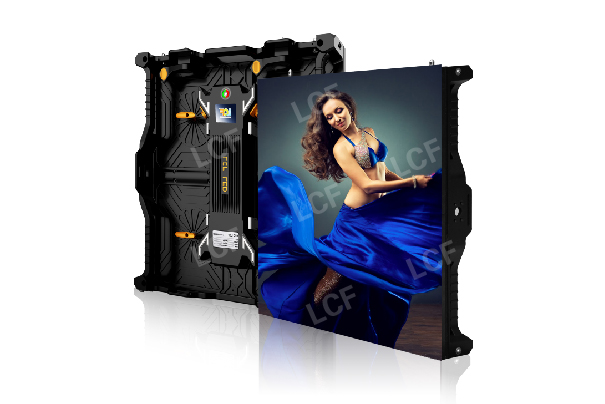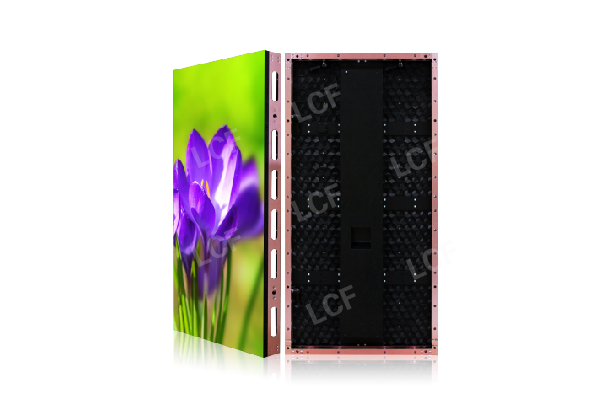Publisher: Supplier of LED Display Time: 2018-03-22 Views: 4454


1. LED display certification in different countries and regions
1. U.S. ETL, UL, FCC (mandatory), CSA-US, and Voice of Energy certification, LED display products mainly follow UL8750 "LED Equipment Used in Lighting Products" and take into account the specific safety standards for certain types of lamps. The "2009 Equipment Efficiency Regulations" issued by California in 2009 increased the requirements for light output, light efficiency, color temperature, and color rendering index of portable LED lamps.
2. Canadian CSA and ULCULICCETL certifications are mostly applicable to the Canadian market.
3. Japan VCCI, PSE (mandatory) "S" mark, PSE round, domestic third-party laboratories can test and issue certification; PSE diamond is tested by third-party laboratories, and then certified by Japanese institutions.
4. Korea KC, KCC, ATT certification.
5. The EMC requirements of European CE (mandatory), VDE, and GSRoshs testing TUVLED lamps are mainly IEC/EN61547 EMC immunity requirements for daily lighting appliances, IEC/EN61000-3-2 harmonic current emission limits, IEC/EN61000-3 -3 Voltage fluctuation and flicker limits and EN55015 radio interference characteristic limits and measurement methods.
6. Australia C-TICK (mandatory) SAA (mandatory) certification.
7. China CCC (mandatory) CQC In order to improve the competitiveness of domestic LED, the relevant national departments have improved the relevant LED standards.
8. Other international certifications: CB Russia: GOST, Brazil: UC, Nigeria: SONCAP, etc.
Second, the main standards of LED display at home and abroad
1. International standards, IEC60950-1: 2005 "Information Technology Equipment Safety", CISPR22: 2008 "Information Technology Equipment Radio Interference Performance Limits and Test Methods"; IEC62341-1-1-2009 "Organic Light Emitting Diode (OLED) Displays" Part 1-1: General Specification; IEC62341-6-1-2009 "Organic Light Emitting Diode (OLED) Displays" Part 6-1: Measurement Methods of Optical Parameters and Photoelectric Parameters; IEC62341-5-2009 "Organic Light Emitting Diodes" (OLED) Displays" Part 5: Environmental Monitoring Methods" CISPR24: 1997-am1:2001+am2:2002 "Information Technology Equipment Radio Interference Performance Limits and Test Methods".
2. Chinese standard, GB4943-2001 "Information Technology Equipment Safety" (IDTIEC60950: 1999) GB9254-2008 "Information Technology Equipment Radio Interference Performance Limits and Test Methods" (IDCCISPR22: 2006); GB17625.1-2003 Electromagnetic Compatibility Limiting Harmonics Current emission limit (input current per phase of equipment ≤ 16A) (IEC61000-3-2: 2001) SJ/T11141-2003 "General Specification for LED Display"; 20076299-T-451 "Use Requirements and Inspection Methods for Stadium Equipment No. 1" Part: led display screen" (solicitation stage) GB/T17618-1998 "Information Technology Equipment Radio Interference Performance Limits and Test Methods" (IDCCISPR24: 1997) SJ/T11281-2007 "Light Emitting Diode (LED) Display Screens Not Test Methods" .
3. American Standard
UL1310: 2005+Rve5: 2010 "Class 2 Power Equipment Safety Standards"
FCC part15,
FCCpart18
MIL-D-28803/3C(2)
UL1012: 2005+Rve3: 209 "Non-Class 2 Power Equipment Safety Standard MIL-D-28803/2AVALIDNOTICE1
MIL-D-28803/1DVALIDNOTICE1
4. European standard
EN60950-1:2001-A11:2004 "Information Technology Equipment Safety"
EN55022:2006+A1:2007 "Information Technology Equipment Radio Interference Performance Limits and Test Methods" BSIEC62341-1-1-2009 General Specification for Organic Light Emitting Diode (OLED) Displays
DINEN62341-5-2010 Organic Light Emitting Diode (OLED) Displays. Part 5: Environmental monitoring methods (IEC6231-1-5-2009); German version EN6231-1-5-2009
EN55024:1998+A2:2003 "Information Technology Equipment Radio Interference Performance Limits and Test Methods"
BSEN62341-5-2009 Organic Light Emitting Diode (OLDE) Display Environmental Test Method
EN61000-3-2: 2006 "Harmonic current emission limits (equipment input current of 16A/per phase)" BSIEC62341-1-1-2010 Organic Light Emitting Diode (OLED) Displays Part 1-1: General Specifications (IEC62341-1 -12009: German version
EN62341-1-1-2009
BSIEC60747-12-3-1998 Discrete semiconductor devices and integrated circuits, light-emitting diodes (LEDs) for display of optoelectronic devices, blank details EN61000-3-3: 1995+A1: 2001+A2: 2005 "Rated current less than 16A equipment mortgage system Medium Voltage Fluctuation Limits》
These LED display export certifications and standards not only help domestic LED display manufacturers to open the door to foreign markets, but also bring more value to end customers.